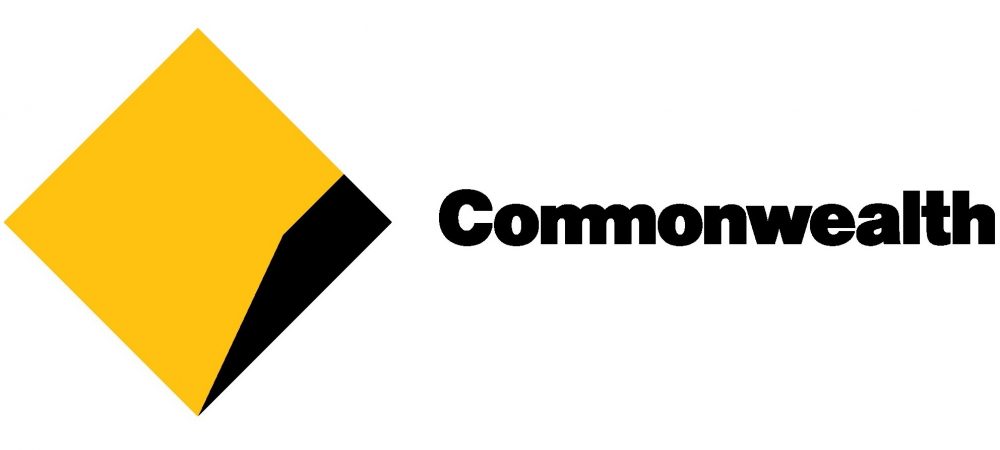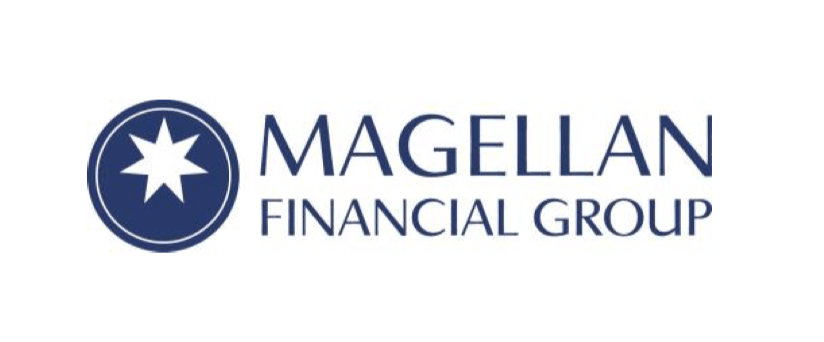There was no Santa rally this year as cautious investors had to contend with the faster-than-expected re-opening of the Chinese economy, central banks which continued to tighten monetary policy and a surprise from the Bank of Japan (BoJ). The result was developed market equities which were 5% lower over the month and global bonds which were 0.5% higher (total returns, local currency).
The hawkishness of the U.S. Federal Reserve has its December meeting set the tone for markets in December, even as there is clear evidence that inflationary pressures are easing across large swaths of the developed world. Still there are no signs of a pivot from any of the world’s major central banks.
Government bond yield resumed their rise as the hawkishness of central banks overshadowed falling inflation figures. The U.S. 10-year Treasury yield rose 27bps to 3.87%. Japanese government bond yields also moved higher after the BoJ took a surprising first step towards normalisation.
The BoJ delivered a market shock by expanding the target band for its yield curve control policy. The move was small as the band increased by 25bps but the interpretation from the market was that even the BoJ was preparing to normalise its long standing and extremely accommodative monetary policy settings.
However, China engineered a pivot of its own as the country undertook a series of swift policy changes towards re-opening, downgrading the status of the COVID virus and easing many of the restrictions on the local population, as well as international arrivals.
As has been the experience of other countries in lifting pandemic-induced restrictions, COVID case numbers surged, and the market reaction was largely negative as investors speculated whether officials could maintain the pace of re-opening with clear strains on the hospital system and the deterioration in economic data. The wider MSCI Asia ex-Japan index was down 0.8% for the month, compared to the 15.5% gain in November.
The faster re-opening of the Chinese economy when combined with support for the ailing property sector should see a rebound in Chinese growth in the coming quarters. The positive sentiment and positive externalities should extend to the rest of a region and perhaps outperformance of Chinese and Asian markets versus their developed market comparators in 2023.
Overall, the fourth quarter of 2022 offered some relief to a year that will be remembered for the unpleasant consequences of higher inflation and rates.
Economy:
- The Australian unemployment rate is steady at 3.4% and the participation rate moved higher to 66.8% matching the earlier peak. The better supply of labour in Australia compared to other economies has given the Reserve Bank of Australia (RBA) more flexibility and supported the growth outlook. However, a combination of slowing domestic demand and higher borrowing costs should put weight on labour demand and result in a rising unemployment rate in the coming quarters.
(GTM AUS page 8) - The RBA hiked interest rates by 25bps to 3.1% as widely expected at their December meeting. While there had been some pricing of a pause in the cycle in December, the current inflation outlook made this very difficult. However, a change in language in the statement has opened the door to a pause in the coming meetings. Inflation is likely to peak in the fourth quarter, but the RBA will likely hike again in February before pausing.
(GTM AUS page 56) - The Australian economy expanded by 0.6% quarter-over-quarter in the third quarter. There were no big surprises in the release and the detail illustrated the slowing in economic momentum as the consumer impulse from the re-opening fades.
- The savings rate dropped from 8.3% to 6.9% in the third quarter, but is above longer-run average and still has scope to decline to support the consumer in the face of higher living costs in the near term.
- The monthly Australian CPI print increased 6.9% year-over-year for October, but dropped to 0.2% month-over-month (m/m) compared to the 0.6% m/m in September. The younger data series means that seasonality could still be a factor with November and December figures potentially rising.
Equities:
- December was not kind to equity investors. The S&P 500 fell 5.8% over the month, more than twice the decline in European markets (-2.7%), and well beyond the 1.9% drop in emerging market equities. The ASX 200 was middling with a 3.2% decline in December. However, the December weakness was not able to reverse the gains from October and November and all markets delivered positive returns for the quarter.
(GTM AUS page 36) - All sectors in the ASX 200 declined in December. The largest fall was the consumer discretionary sector (-7.0%), but technology (-5.4%), industrials (-4.9%), healthcare (-4.4%) and energy (-4.1%) also had notable declines.
- Valuations on equity markets sit close to long-run averages and at 14.2x, the ASX 200 is almost exactly inline with its 20-year average. Japan and European equity markets are trading below long-run price-to-earnings ratios.
(GTM AUS page 37) - Earning expectations continue to fall and U.S. earnings growth for 2023 has fallen from close to 10% earlier in the year to 4%. The downward trend is evident in other markets where earnings are expected to contract for the 2023 calendar year. Earnings revisions have also rolled over and are likely to continue to fall heading into the fourth quarter earnings season.
(GTM AUS page 38)
Fixed income:
- Government bond yields rose over the month and the U.S. 10-year bond yield was 27bps higher at 3.87%. The Australian 10-year bond yield was 52bps higher at 4.05%.
(GTM AUS page 51) - The rise in bond yields meant that nearly every fixed income sector was in the red for the month of December. Global investment grade bonds were the exception with a 0.2% gain. U.S. high yield bonds fell by 0.8%. For the full quarter, emerging market debt was the best performing sector with a 7.4% return in local currency terms.
(GTM AUS page 50)
Other assets:
- The surprising move by the Bank of Japan saw the Japanese yen spike and the currency appreciated by 5.8% against the U.S. dollar over the month. The yen gained by a more moderate 4.4% against the Australian dollar. For the full year, the U.S. dollar index rose close to 7% and the AUD index was roughly flat, a much better outcome than the 6% decline in the Australian dollar against the greenback.
(GTM AUS page 69) - The price of a barrel of Brent crude oil ended the year at USD 82, unwinding nearly all of the surge in pricing from the Ukraine-Russia conflict.
(GTM AUS page 64) - The recent decline in the U.S. dollar has lent weight to commodity prices in the face of recession induced weakness. The higher inflation may also be helping the gold price which has risen even as real yield have also moved higher.
(GTM AUS page 67)






